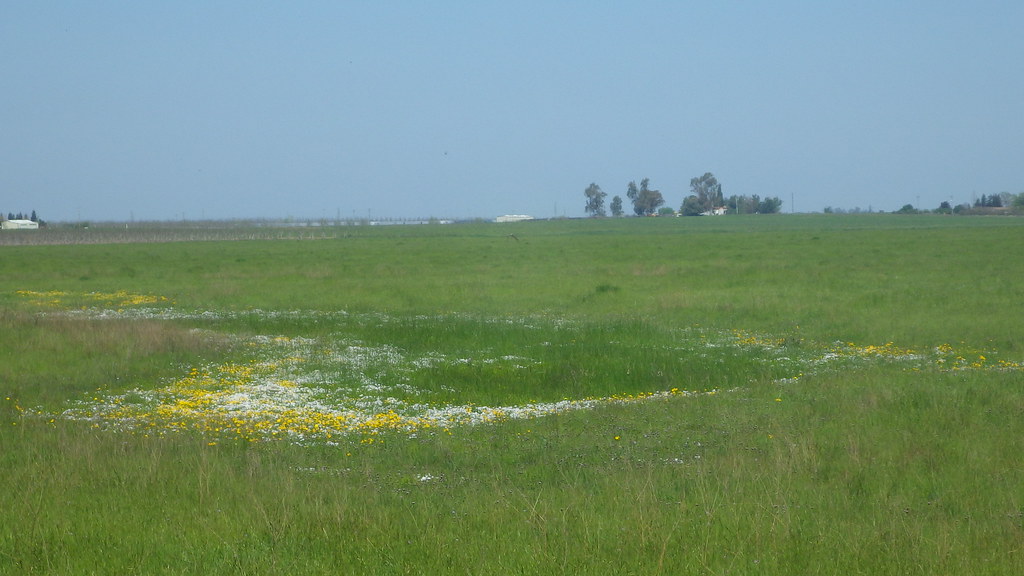Thursday July 20, 2017

With the dog days of summer quickly approaching and temperatures rising across the state, our heavy winter rains might seem like a distant dream. Just as ephemeral is a special kind of habitat that comes and goes with the rain, known as vernal pools. One of the most unique ecosystems in California, vernal pools are a type of temporary wetland that typically occur in Mediterranean climates. They are commonly observed in open fields, and form slowly by rainwater that accumulates in poorly draining depressions over impermeable soils or bedrock (Weitkamp et al. 1996). Vernal pools form independently of streams or groundwater sources (Zedler 1987), so these fleeting habitats eventually disappear once all of the water evaporates. But while they exist, vernal pools support a wide array of specialized organisms that include plants, crustaceans, amphibians and insects. In fact, 33 distinct species of plants and animals rely on these habitats in California and southern Oregon.
Unfortunately, like other wetland habitat throughout the state, many vernal pools face pressure from several human disturbances. The decline of these unique habitats required the US Fish and Wildlife Service (USFWS) to create a Vernal Pool Recovery Plan in 2005. Not only do these areas host a diverse array of organisms, they play a pivotal role as connective wetland habitat for waterfowl that use the Pacific Flyway. Despite the development of the recovery plan, recent remapping of available vernal pool habitat shows these efforts has done little to slow their decline. The results of a 2012 survey, conducted as part of the Central Valley Project Improvement Act, showed that 764,868 acres of vernal pool habitat remain, which is a net loss of 42,952 acres since 2005. While previous findings suggest that urbanization can lead to as much as a third of vernal pool losses, the 2012 survey found the conversion of land for agriculture was the leading cause of loss, with only 5% being attributed to urbanization.
More than 90% of California’s vernal pools have permanently disappeared, and the remaing habitats are becoming increasingly rare. Vernal pools now fall under the jurisdiction of several agencies for their conservation and protection. With many rare plants and animals being endemic to these habitats, the USFWS and the California Department of Fish and Wildlife act to preserve those species listed under the Endangered Species Act, such as the vernal pool fairy shrimp (Branchinecta lynchi), California tiger salamander (Ambystoma californiense), and Burke’s Goldfields (Lasthenia burkei). Furthermore, several sections of the Clean Water Act place vernal pools under the jurisdiction of the US Army Corps of Engineers (USACE) or the State Water Resource Control Board (SWRCB). With so many regulatory arms in place, developing property near these wetlands can become cumbersome. At FISHBIO, our team regularly performs full wetland delineations, a required component of permitting through the USACE, which characterizes the location, size, and species composition of available wetlands. Conservation of wetlands such as vernal pools is integral to many native species, and we help clients ensure that project activities comply with protecting these special places.
